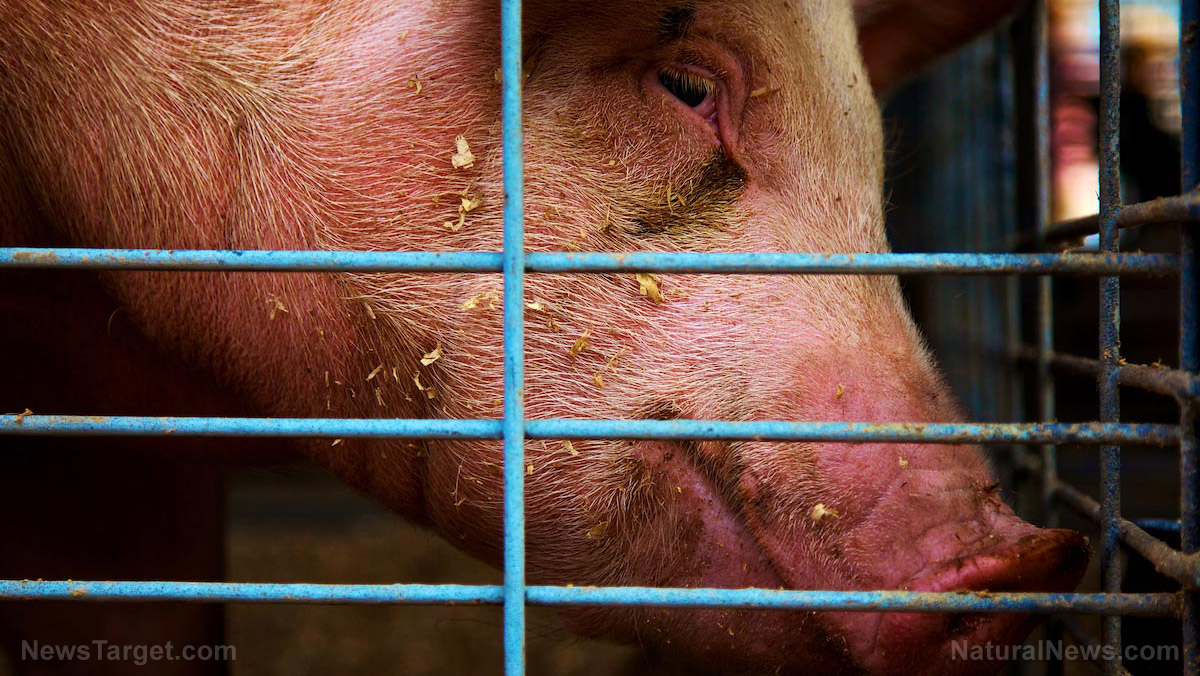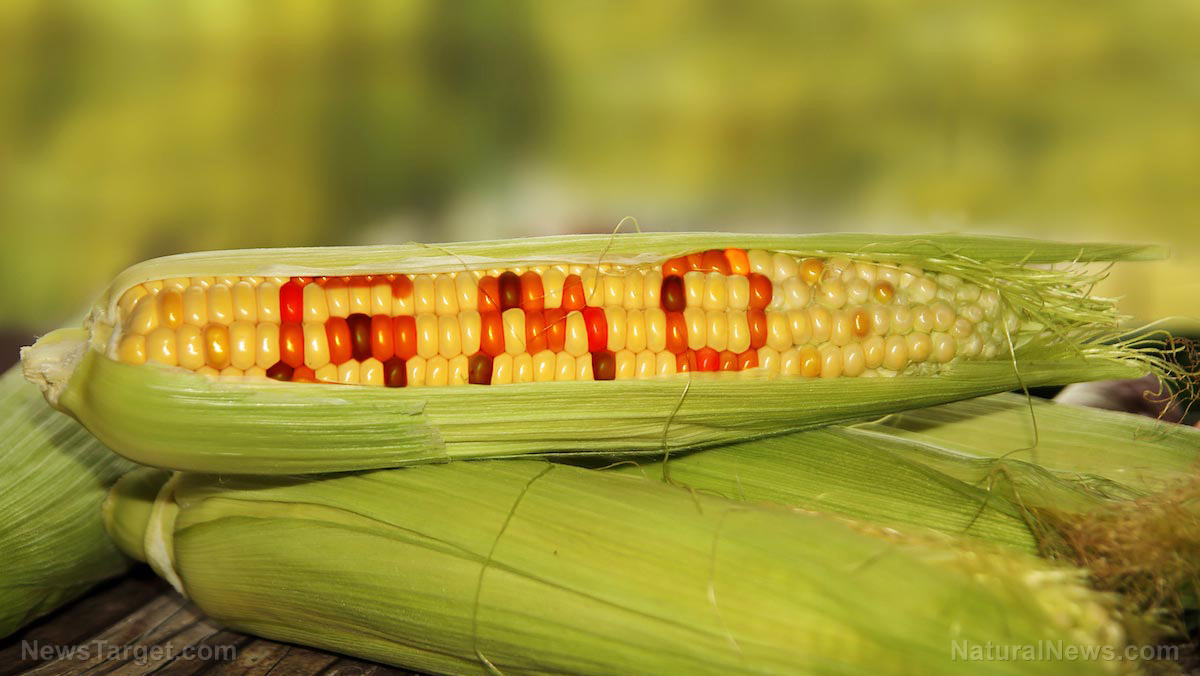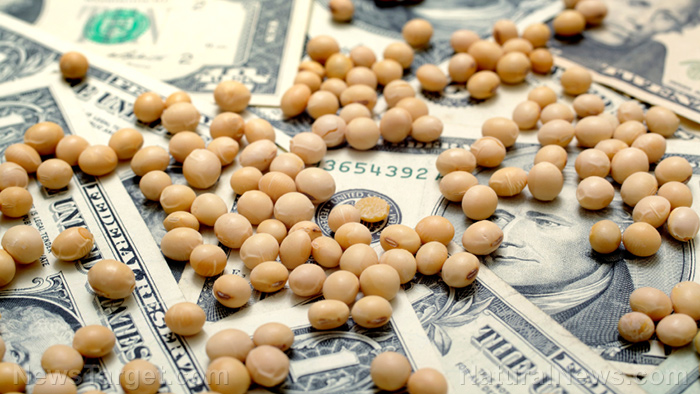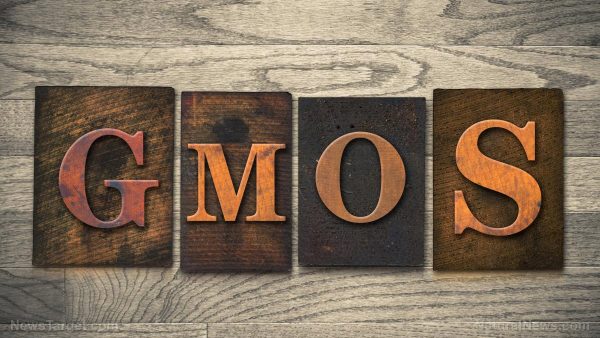Monsanto’s glyphosate may finally be restricted in California under Prop 65
09/15/2015 / By Carol Young

California’s Environmental Protection Agency, known as CalEPA, is considering whether or not to place four commonly used pesticides on a list that would categorize them as carcinogenic chemicals. Putting these pesticides, which includes Monsanto’s glyphosate, on this list would have far-reaching and unprecedented consequences that would be felt throughout the state and the nation’s agricultural industry.
While California has been mired in controversy over some of their misguided economic decisions, the state has often been a leader in change throughout the nation. Jimmy Carter once said, “Whatever starts in California unfortunately has an inclination to spread.” But the decision to put glyphosate on a carcinogenic chemicals list would have a positive change which would impact the regulations over drinking water, chemical runoff from farms and operations of pest control companies.
If CalEPA decides to put glyphosate, malathion, parathion and tetrachlorvinphos on the carcinogenic chemicals list, then “any knowing discharges of the chemicals into drinking water would become illegal.” Additionally, farmers, pest control companies and any other business that uses these pesticides would be required to provide “clear and reasonable warnings” to the public under California law.[PDF]
When the pesticides are placed on the list, Prop 65 requires California businesses to come into compliance with drinking water restrictions within 20 months. Businesses will have 12 months to begin notifying the public when they use the pesticides on the list.
The power of the elements: Discover Colloidal Silver Mouthwash with quality, natural ingredients like Sangre de Drago sap, black walnut hulls, menthol crystals and more. Zero artificial sweeteners, colors or alcohol. Learn more at the Health Ranger Store and help support this news site.
However, businesses with fewer than 10 employees are exempt, and businesses that use chemicals at levels below the state’s safe harbor threshold are exempt.
Bloomberg BNA‘s David Shultz explains California’s chemical threshold and how the regulations come into play:
That threshold is called in California regulations a “safe harbor.” Delson said CalEPA has established safe harbor levels for less than half of the more than 800 chemicals on its cancer-causing list. Dozens more chemicals are prioritized on a wait list.
Despite this, Delson said CalEPA will “definitely” establish safe harbor thresholds for glyphosate and for malathion, the two more widely used of the four pesticides, within one year of their formal listing. If the agency fails to do this, no amount of these pesticides would be permitted in drinking water, and the use of any amount would trigger the public notification requirements.
To read more about Proposition 65 and the regulation of chemicals in California’s drinking water, click here to read a breakdown of the law in plain language.
Glyphosate was adopted for widespread use because, for a very long time, corporations sold to the public the idea that glyphosate posed no toxicity risk to humans, despite numerous experiments with animals that showed the chemical to be carcinogenic. The International Agency for Research on Cancer (IARC) announced this March that glyphosate is probably carcinogenic to humans, which automatically triggered CalEPA’s decision to (likely) put the pesticide on the state’s cancer list per Prop 65.
Glyphosate has been on quite a run since 1990, and the widespread use of this cancer-causing chemical has been largely due to the use of GM crops that are engineered to withstand doses of glyphosate that would normally be fatal. Glyphosate has also contributed to the decline of the monarch butterflies; glyphosate not only kills milkweed, the main source of food for the monarchs, but it also physically harms the butterflies.
For 20 years, corporations like Monsanto have poisoned our environment and polluted our drinking water, while the most defenseless animal populations are left as collateral damage. Finally placing pesticides like glyphosate on a list that would curtail its prevalence in the environment may be the first indication that the power of corporations like Monsanto is finally being reeled in.
Sources:
Tagged Under: California, cancer, carcinogenic chemicals, glyphosate, malathion, milkweed, monarch butterflies, Monsanto, parathion, Propisition 65, Roundup, tetrachlorovinphos


















